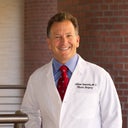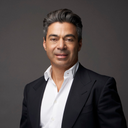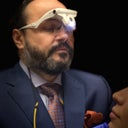I had breast augmentation with 500cc implants 2 years ago, May 2016.
Answers (8)
From board-certified doctors and trusted medical professionals
Dr. William S. Umansky, MD

Dr. William S. Umansky, MD
Board Certified Plastic Surgeon
Answer
Dr. Yannis Alexandrides, MD, FACS

Dr. Yannis Alexandrides, MD, FACS
Specialist Registered Plastic Surgeon
Answer
Dr. Francis Johns, MD

Dr. Francis Johns, MD
Board Certified Plastic Surgeon
Answer
Dr. Daniel Barrett, MD

Dr. Daniel Barrett, MD
Board Certified Plastic Surgeon
Answer
Dr. Tom J. Pousti, MD
Dr. Tom J. Pousti, MD
Board Certified Plastic Surgeon
Answer
Dr. Jeremy S. Hurren, BSc, MBBS, FRCS (Plast)
Dr. Jeremy S. Hurren, BSc, MBBS, FRCS (Plast)
Specialist Registered Plastic Surgeon
Answer
Dr. Jeffrey C. Hamm, MD - Account Suspended
Dr. Jeffrey C. Hamm, MD - Account Suspended
Board Certified Plastic Surgeon
Answer
More Breast Implants Questions
See all Breast Implants Q&AWE SEND PRETTY
EMAILS
What’s trending? Who’s turning heads? Which TikTok myths need busting? We’ve got you. No fluff, no gatekeeping—just real talk. Get our free, unfiltered newsletter.

